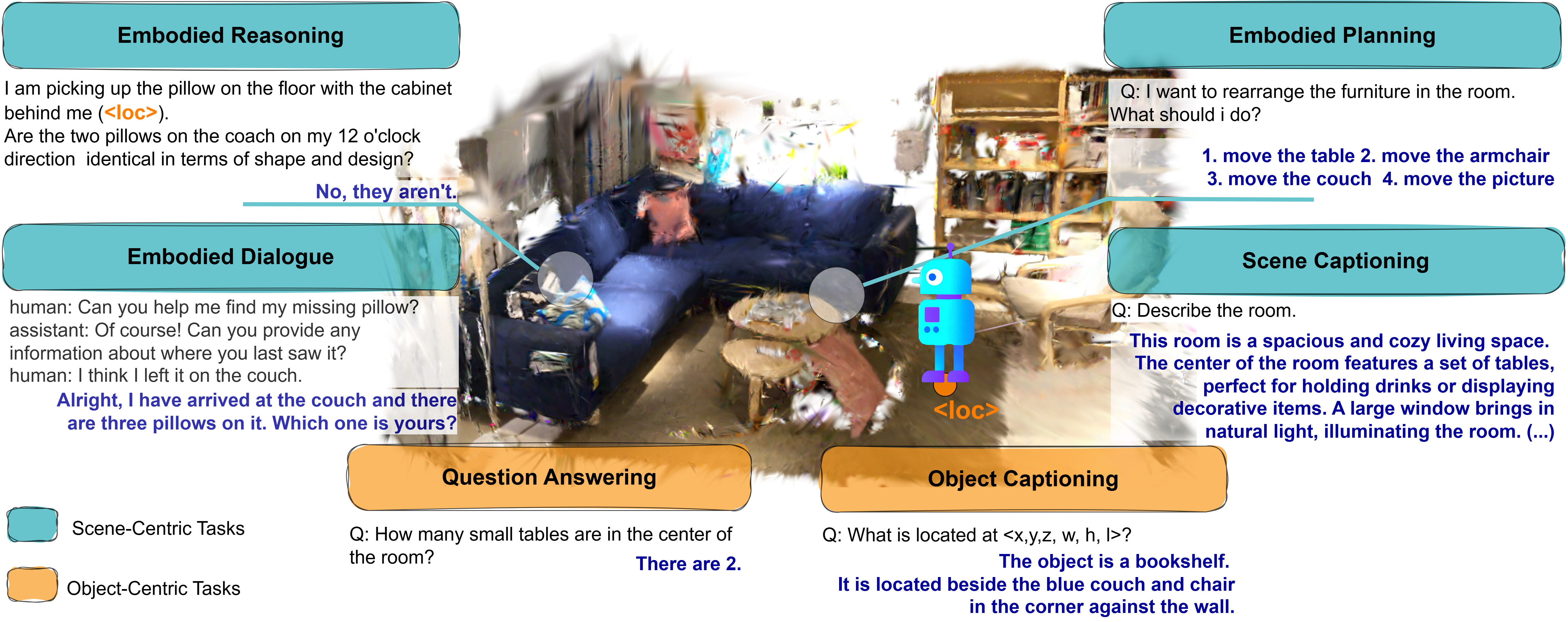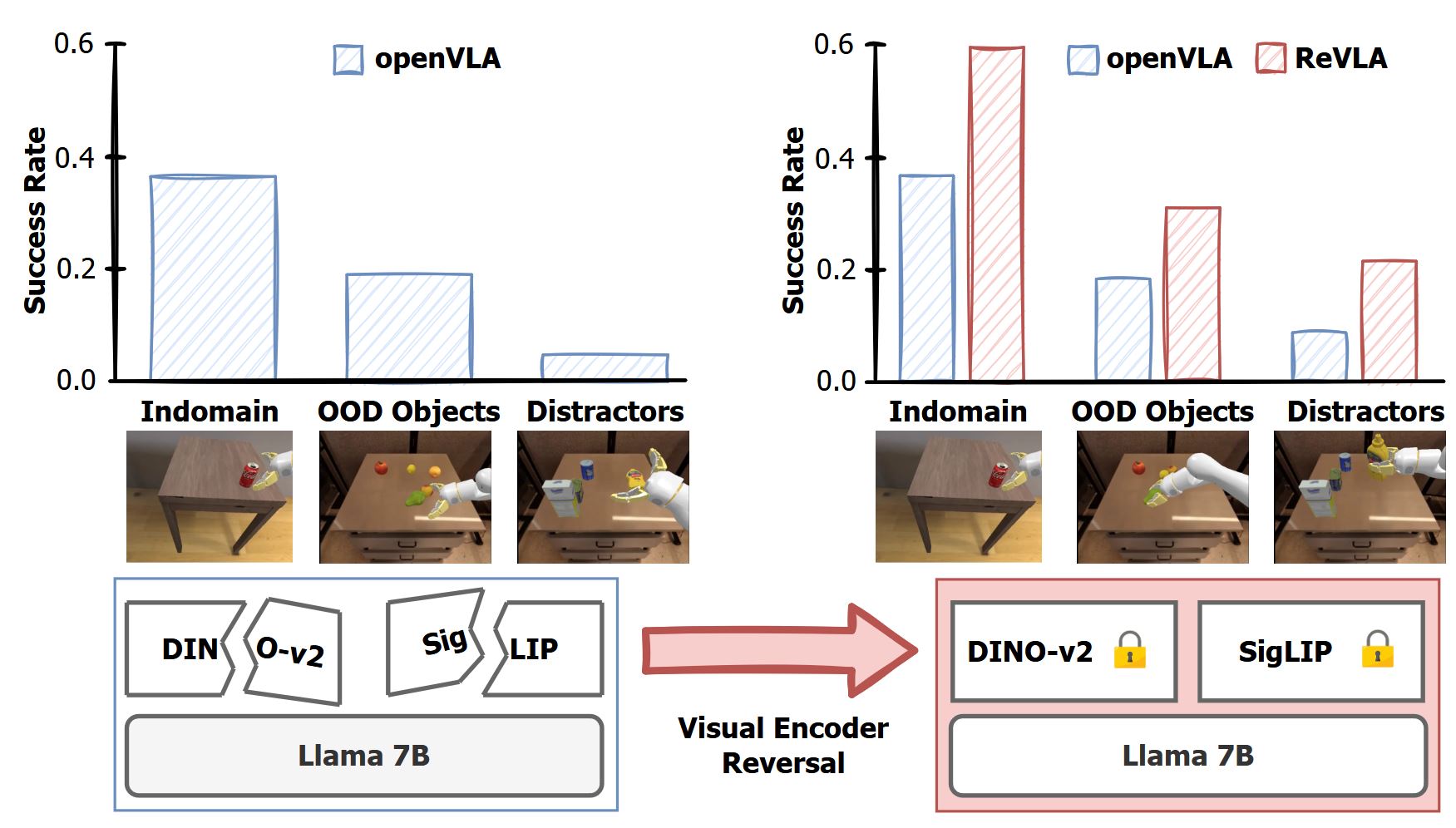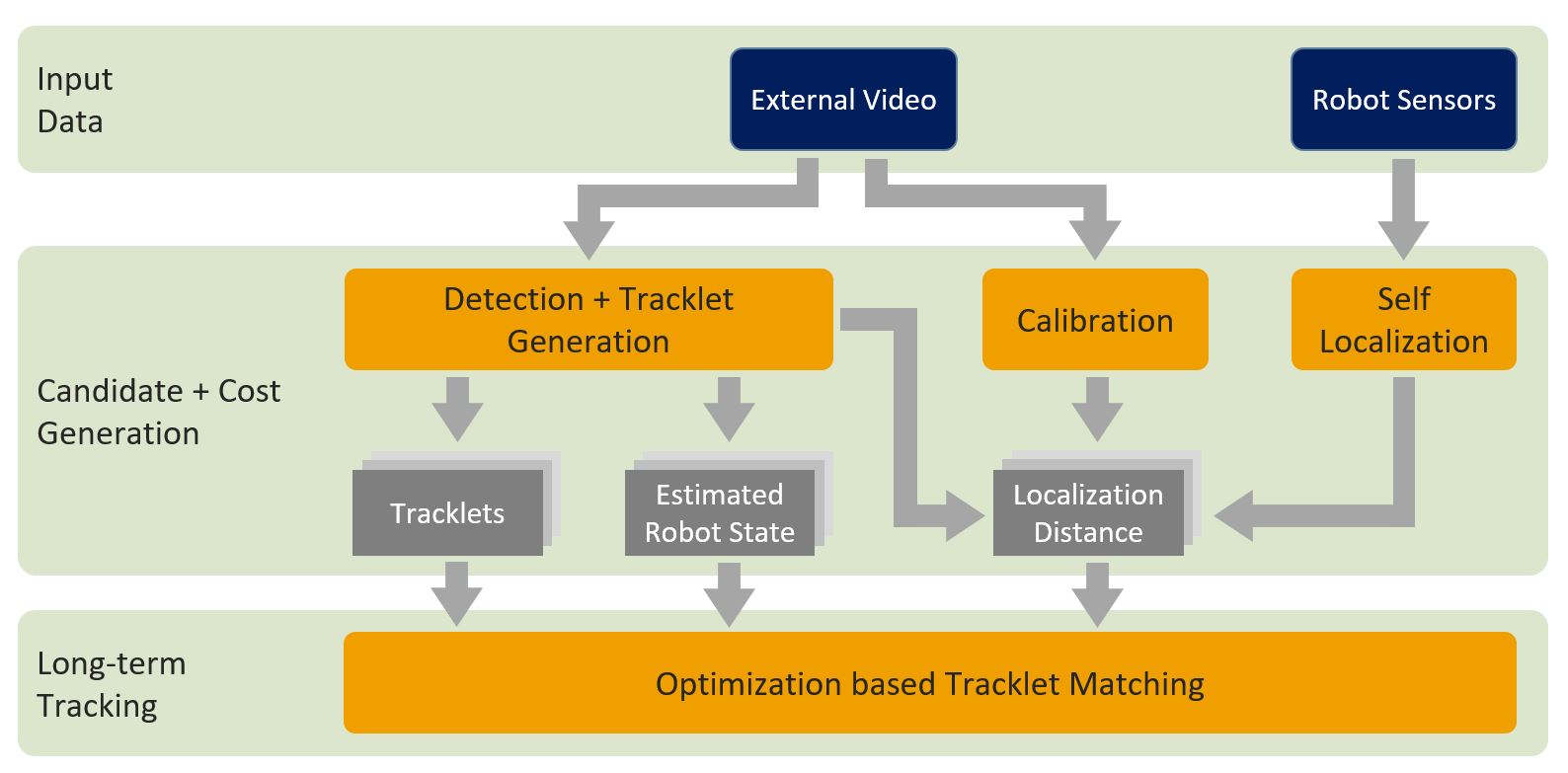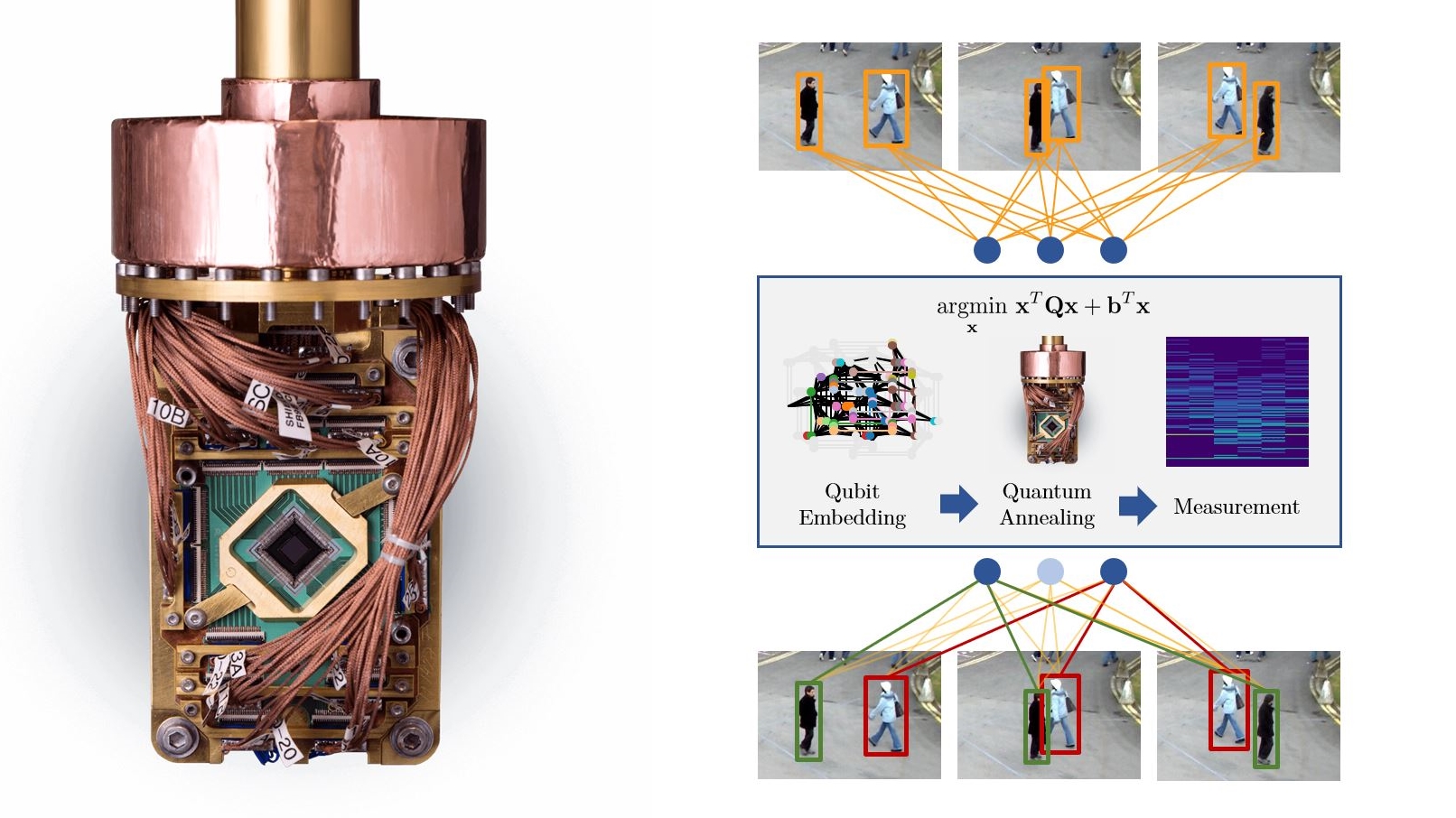Publications
-

GaussianVLM: Scene-centric 3D Vision-Language Models using Language-aligned Gaussian Splats for Embodied Reasoning and Beyond
Anna-Maria Halacheva, Jan-Nico Zaech, Xi Wang, Danda Pani Paudel, Luc Van Gool We present GaussianVLM, the first 3D VLM operating on Gaussian splats. Each Gaussian in the scene is enriched with language features, forming a dense, scene-centric representation. A novel dual sparsifier reduces ~40k language-augmented Gaussians to just 132 tokens, retaining task-relevant and location-relevant information.…
-

ReVLA: Reverting Visual Domain Limitation of Robotic Foundation Models
Sombit Dey, Jan-Nico Zaech, Nikolay Nikolov, Luc Van Gool, Danda Pani Paudel International Conference on Robotics and Automation, ICRA 2025 Abstract Recent progress in large language models and access to large-scale robotic datasets has sparked a paradigm shift in robotics models transforming them into generalists able to adapt to various tasks, scenes, and robot modalities.…
-

Occam’s LGS: An Efficient Approach for Language Gaussian Splatting
Jiahuan Cheng, Jan-Nico Zaech, Luc Van Gool, Danda Pani Paudel Gaussian Splatting is a widely adopted approach for 3D scene representation, offering efficient, high-quality reconstruction and rendering. A key reason for its success is the simplicity of representing scenes with sets of Gaussians, making it interpretable and adaptable. To enhance understanding beyond visual representation, recent…
-

Articulate3D: Holistic Understanding of 3D Scenes as Universal Scene Description
International Conference on Computer Vision, ICCV 2025 Anna-Maria Halacheva, Yang Miao, Jan-Nico Zaech, Xi Wang, Luc Van Gool, Danda Pani Paudel 3D scene understanding is a long-standing challenge in computer vision and a key component in enabling mixed reality, wearable computing, and embodied AI. Providing a solution to these applications requires a multifaceted approach that…
-

Probabilistic Sampling of Balanced K-Means using Adiabatic Quantum Computing
Jan-Nico Zaech, Martin Danelljan, Tolga Birdal, Luc Van Gool IEEE Conference on Computer Vision and Pattern Recognition 2024 (CVPR) Abstract Adiabatic quantum computing (AQC) is a promising approach for discrete and often NP-hard optimization problems. Current AQCs allow to implement problems of research interest, which has sparked the development of quantum representations for many computer…
-

Optimizing Long-Term Player Tracking and Identification in NAO Robot Soccer by fusing Game-state and External Video
A collaborative sensing approach for multi object tracking of robots.
-

Adiabatic Quantum Computing for Multi Object Tracking
A Multi-Object Tracking algorithm that can be solved with Adiabatic Quantum Computing
-

Learnable Online Graph Representations for 3D Multi-Object Tracking
An online 3D Multi-Object Tracking method based on graph neural networks.
-

Unsupervised robust domain adaptation without source data
A method that keeps a network robust against adversarial images during source-free domain adaptation.
-

Decoder fusion RNN: Context and interaction aware decoders for trajectory prediction
A multi-headed attention based method for vehicle trajectory prediction using map data encoded on a graph.